Analysis and solutions to the causes of poor contact of electric wrenches
Poor contact in an electric wrench is a common problem that can cause the device to not function properly. Here are some possible causes and corresponding solutions:

Reason analysis:
- Poor battery contact:
There is dirt or oxidation in the battery compartment or battery interface: After being used for a long time, the battery contact points may be covered by dirt or oxides, resulting in poor contact.
Battery damage: There may be problems with the battery itself, causing unstable power supply or power outages.
2.Power cord or plug problem:
Broken or worn power cord: The power cord may be broken or worn due to long-term use or external force, resulting in unstable power supply.
Poor plug contact: The contact points between the plug and the socket are loose or oxidized, resulting in unstable current transmission.
- Poor internal circuit contact:
Loose or broken internal connections: There may be loose or broken wires or connections inside the electric wrench.
Circuit board failure: Loose solder joints or damaged components on the circuit board may also lead to poor contact.
- Switch problem:
Poor contact or damage to the switch: The contact points inside the switch are worn or oxidized, preventing normal power supply.
- Motor problems:
Poor contact inside the motor: The brushes, commutator or coils inside the motor may have poor contact.
Solution:
- Clean battery contact points:
Use a clean, dry cloth or alcohol cotton ball to clean the battery compartment and battery interface to remove dirt or oxidation.
- Check and replace the battery:
Test the battery voltage to make sure the battery is normal. If the battery is damaged, replace it in time.
- Check the power cord and plug:
Observe whether the power cord is broken or frayed, and replace it if necessary. Make sure the plug is in good contact with the socket and clean the plug contact points.
- Check the internal circuit:
Disassemble the electric wrench, check whether the internal connecting wires are loose or broken, and reconnect or weld if necessary.
Check the solder joints and components on the circuit board and replace them promptly if damaged.
- Check and replace the switch:
Use a multimeter to test the on-off status of the switch. If the switch is found to be damaged or has poor contact, replace the switch in time.
- Check the motor:
If you suspect that the internal contact of the motor is poor, you can disassemble the motor, check the contact of the brushes, commutator and coils, and clean or replace related parts if necessary.

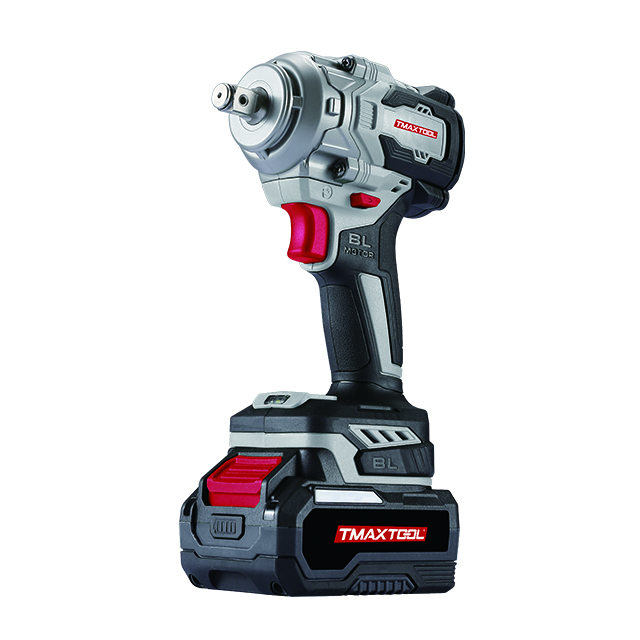 Impact Wrench
Impact Wrench
 Screwdriver
Screwdriver
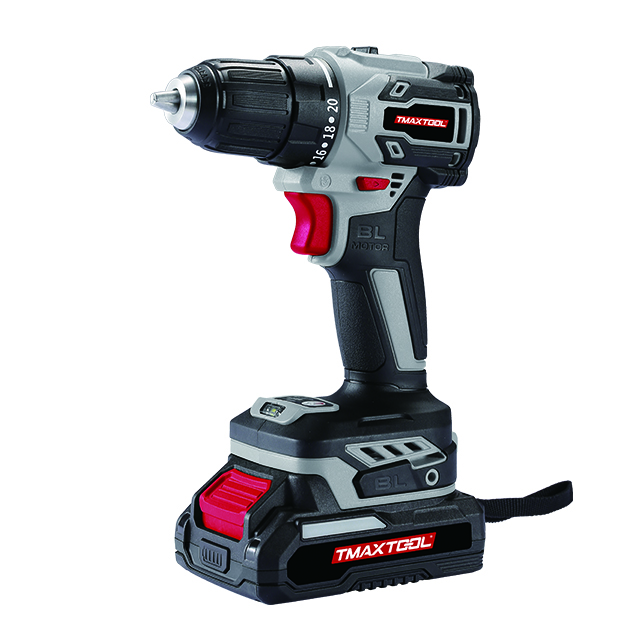 Cordless Drill
Cordless Drill
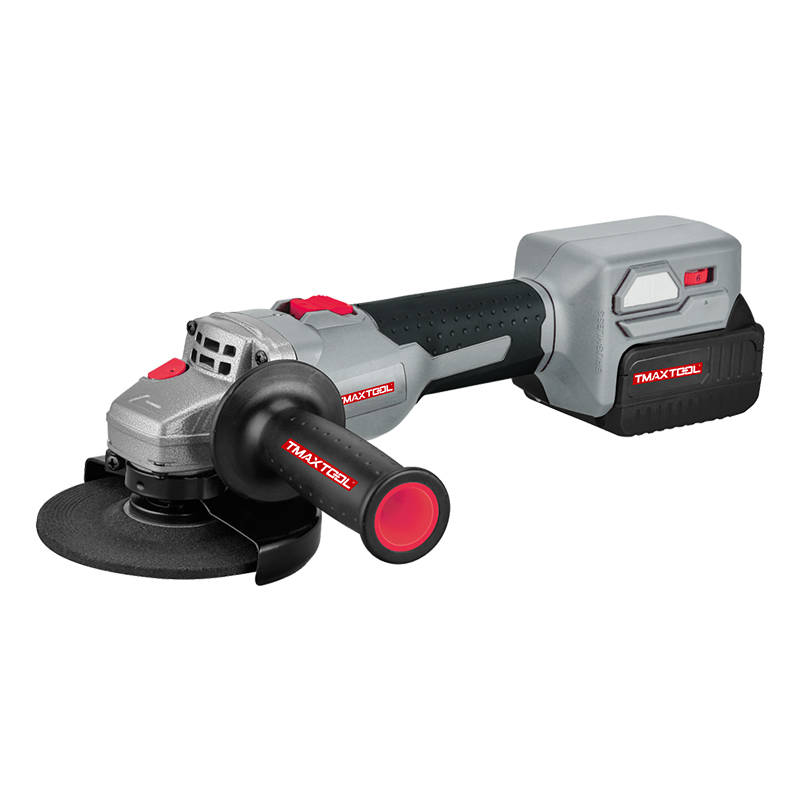 Angle Grinder
Angle Grinder
 Polisher
Polisher
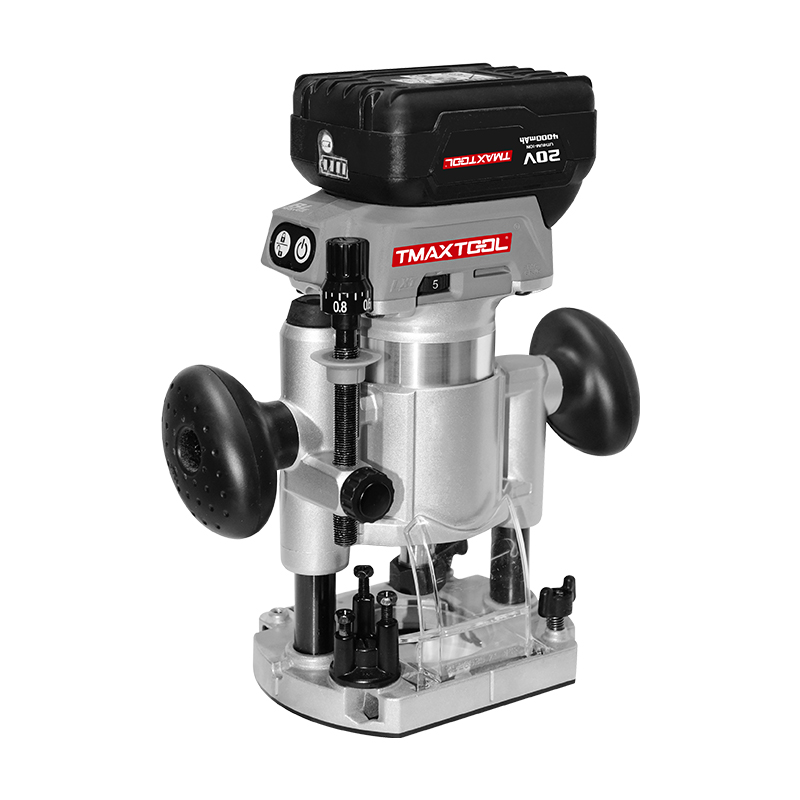 Wood Router
Wood Router
 Jig Saw
Jig Saw
 Hammer Drill
Hammer Drill
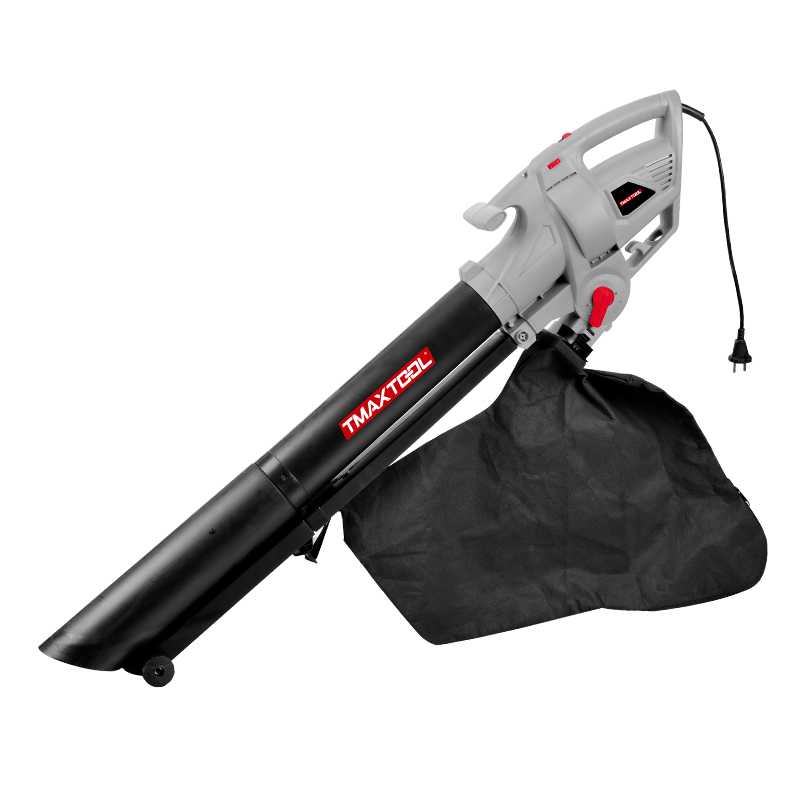 Portable Blower
Portable Blower
 Orbital Sander
Orbital Sander
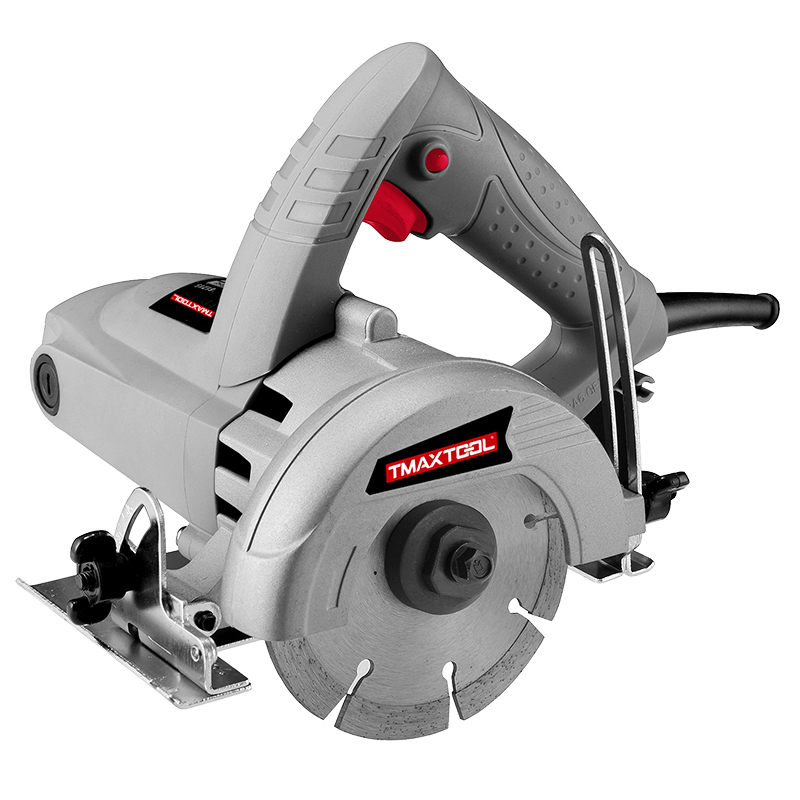 Marble Cutter
Marble Cutter
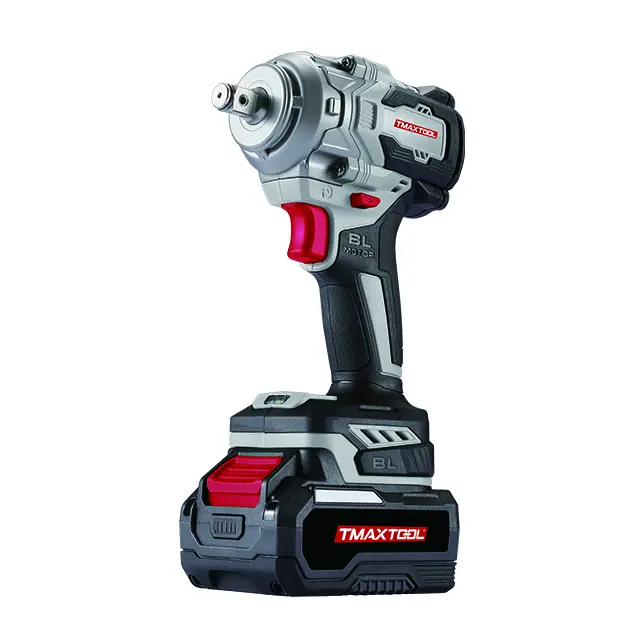 GARDEN TOOLS
GARDEN TOOLS
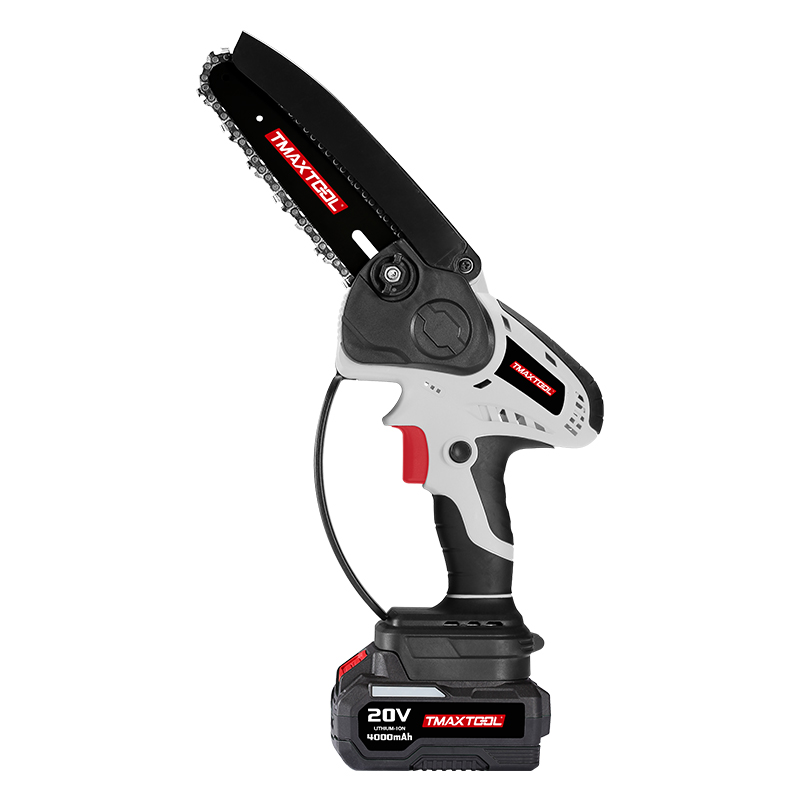 Battery Chain Saw
Battery Chain Saw
 Battery Brush Cutter
Battery Brush Cutter
 Battery Hedge Trimmer
Battery Hedge Trimmer
 Battery Multi Tool
Battery Multi Tool
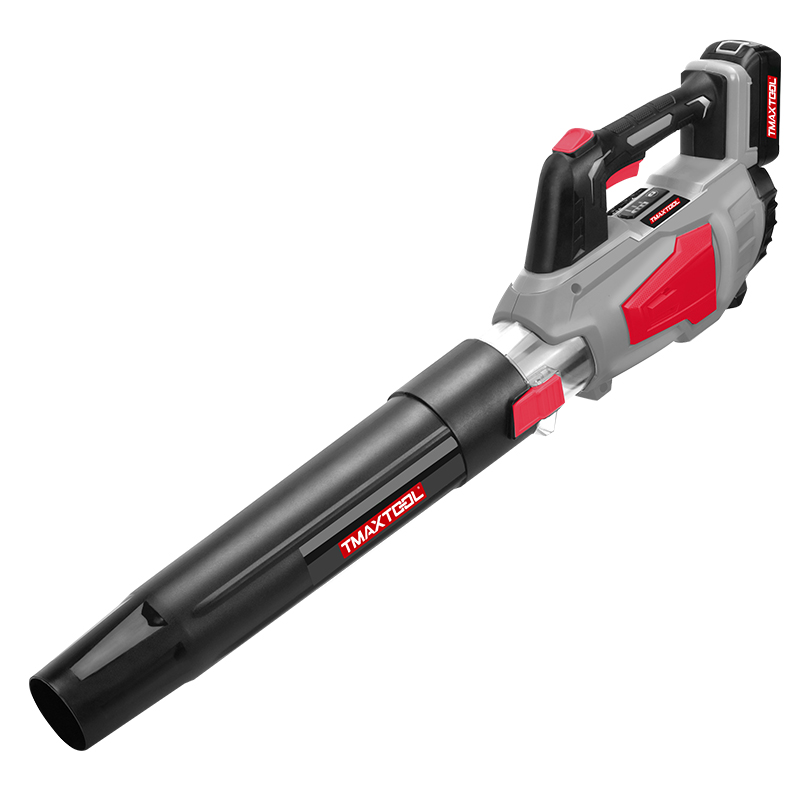 Battery Blower
Battery Blower
 Batter Pruning Shears
Batter Pruning Shears
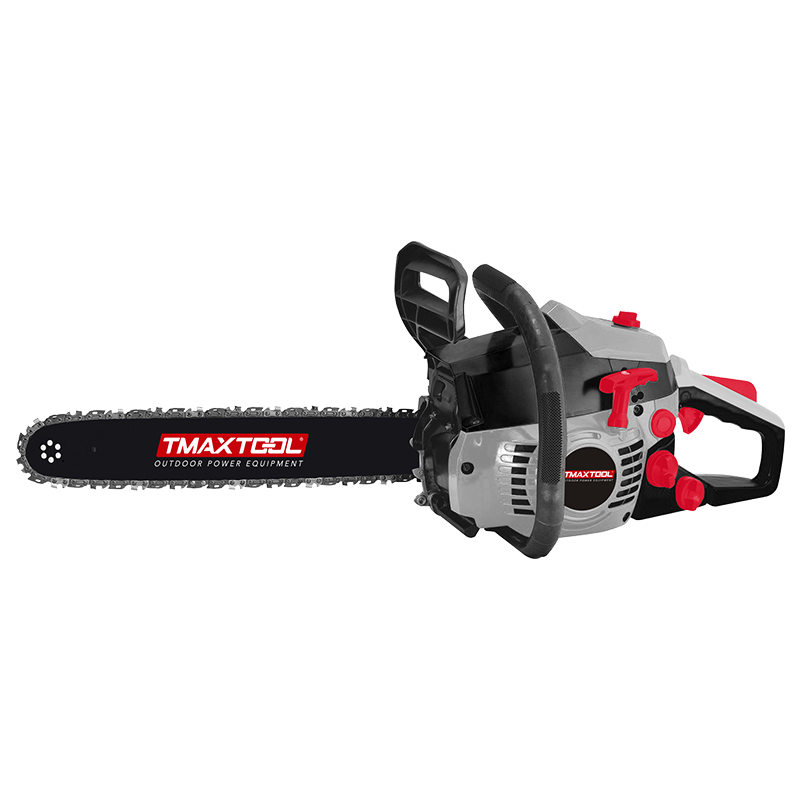 Chain Saw
Chain Saw
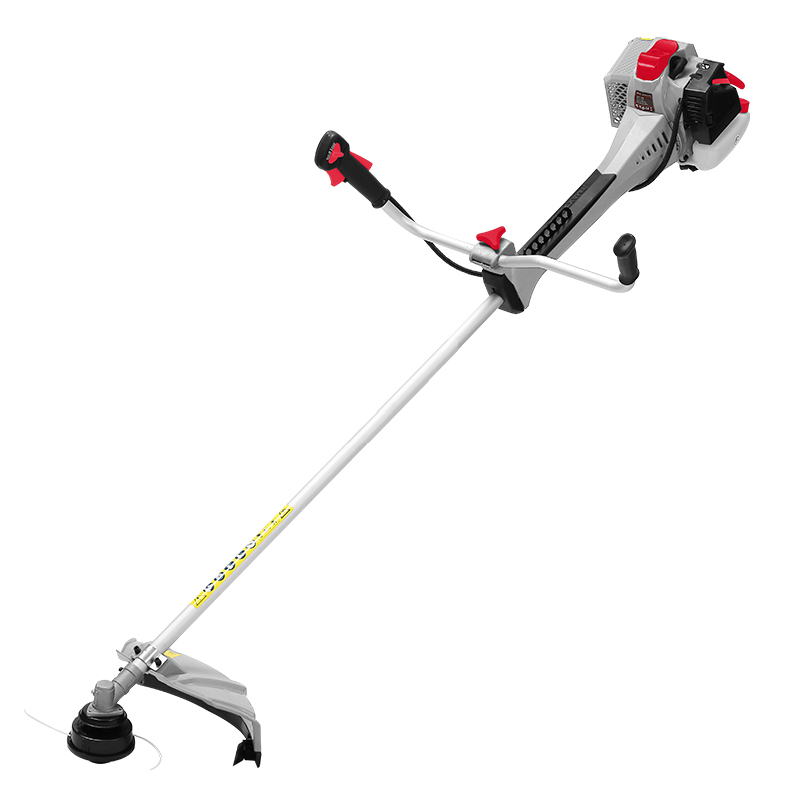 Brush Cutter
Brush Cutter
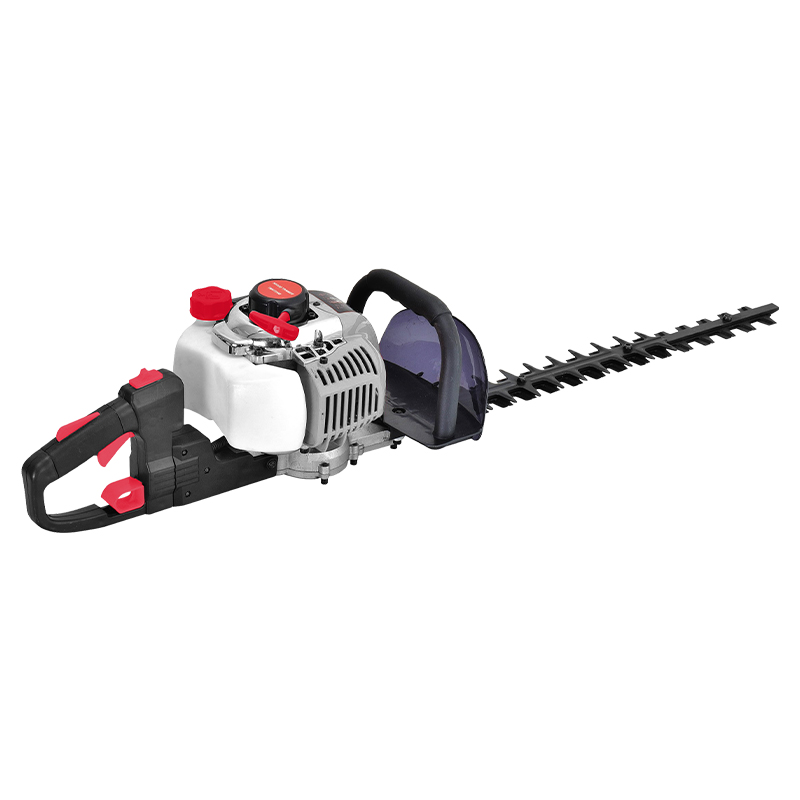 Hedge Trimmer
Hedge Trimmer
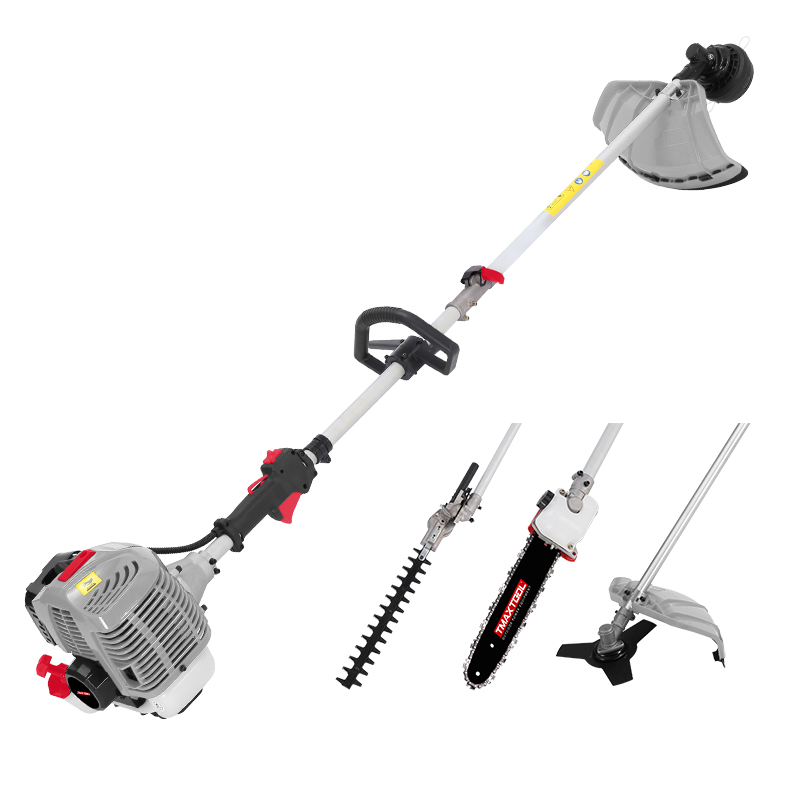 Multi Tool
Multi Tool
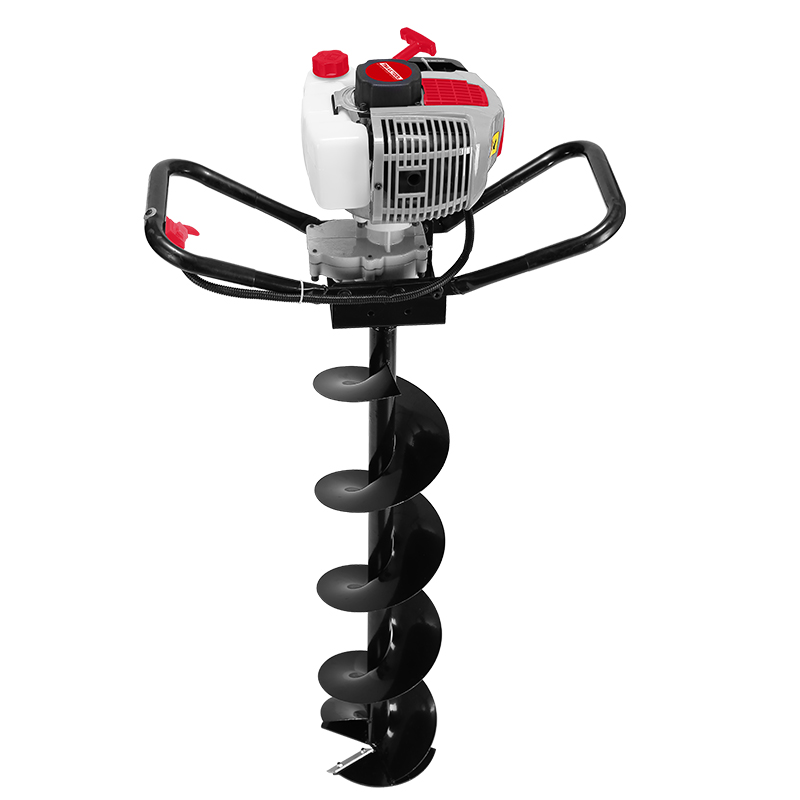 Earth Auger
Earth Auger
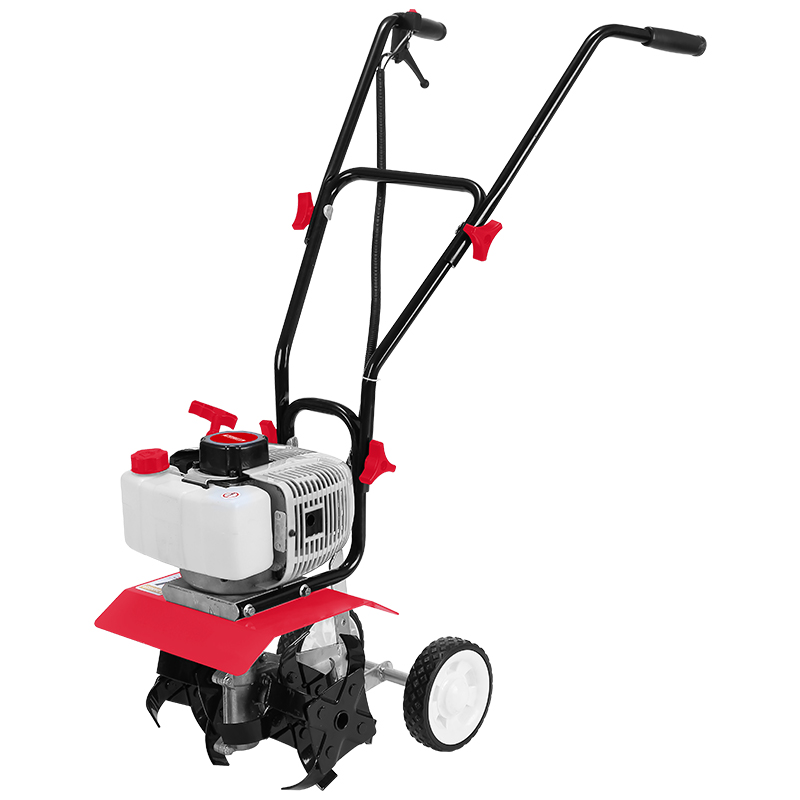 Tiller
Tiller
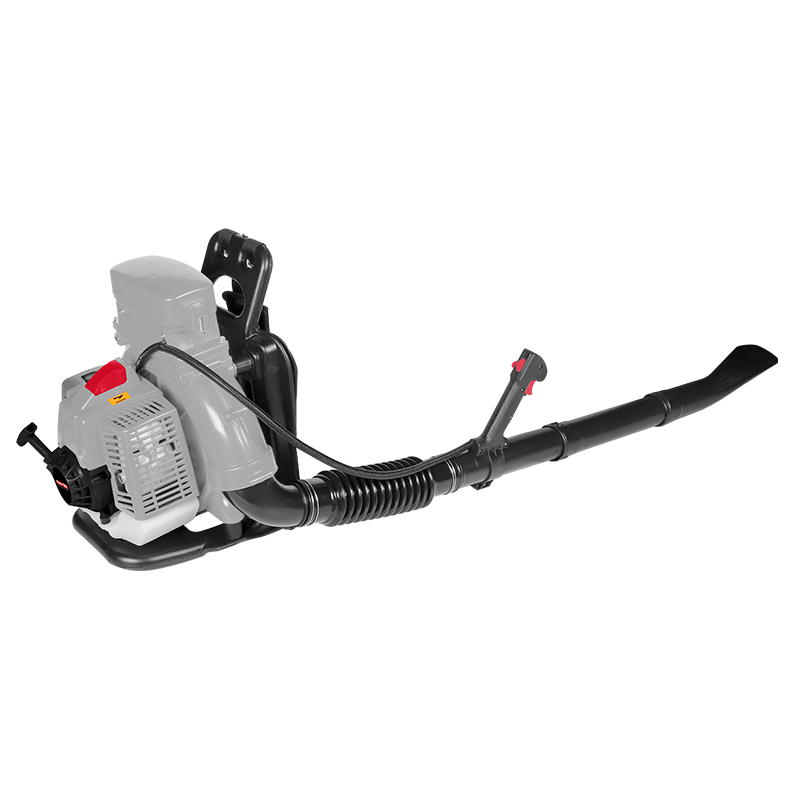 Blower
Blower
 4 Stroke Gasoline Engine
4 Stroke Gasoline Engine
 Generator
Generator
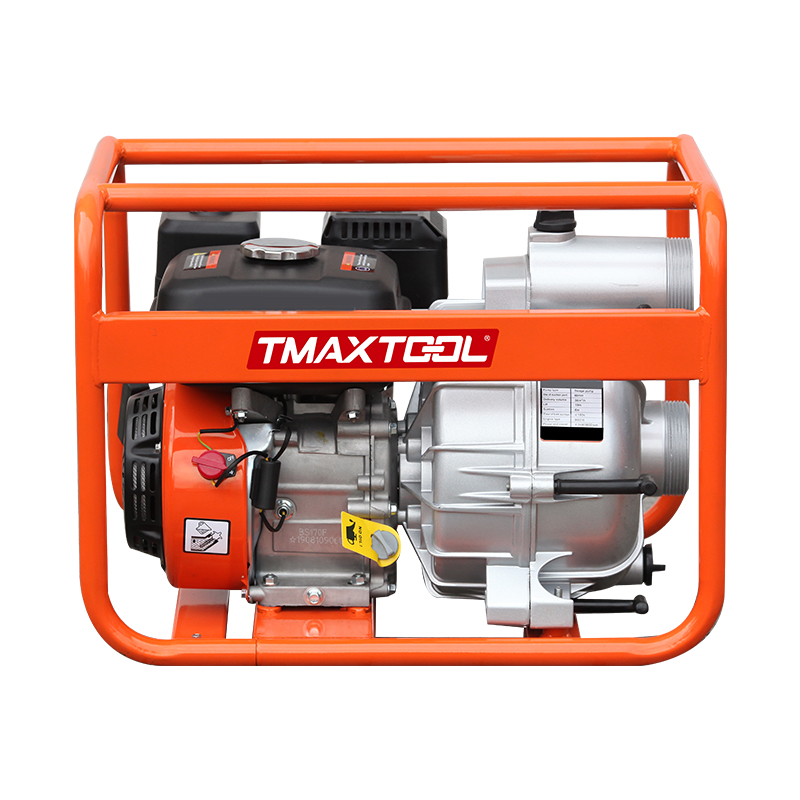 Water Pump
Water Pump
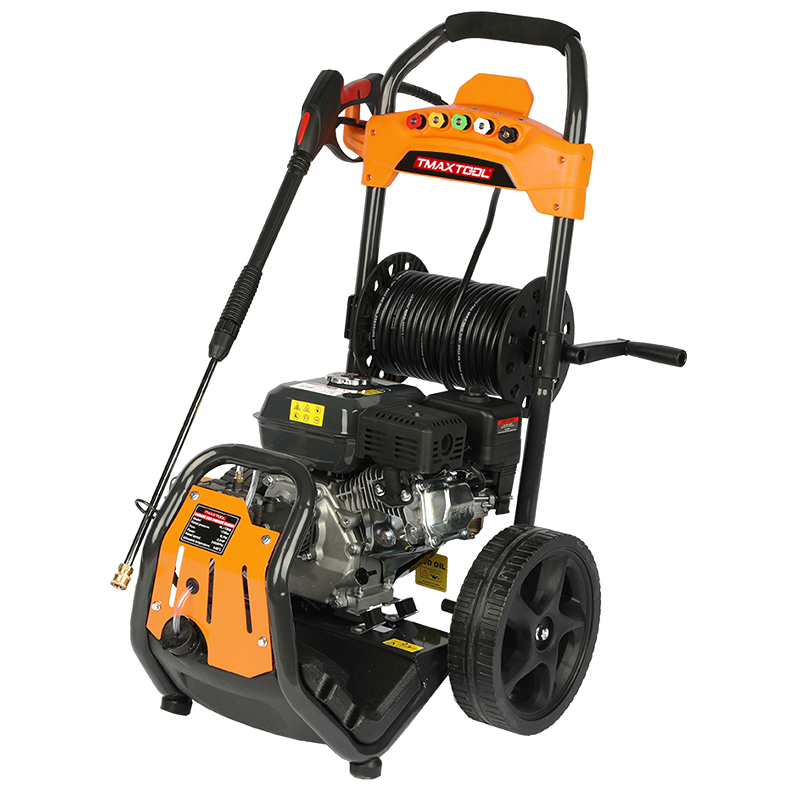 High Pressure Washer
High Pressure Washer
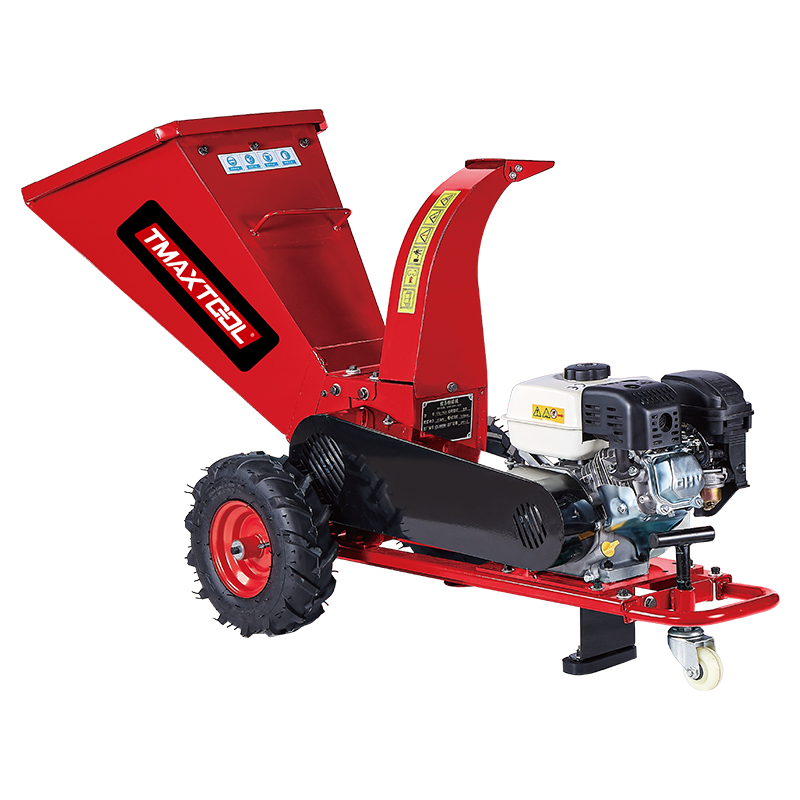 Wood Cutter
Wood Cutter
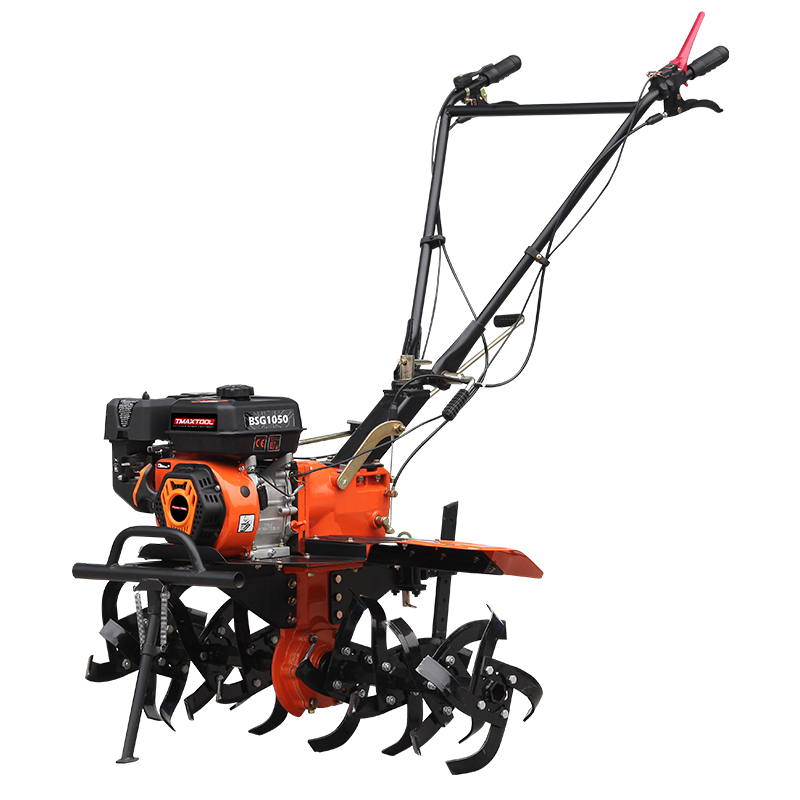 4 Stroke Tiller
4 Stroke Tiller
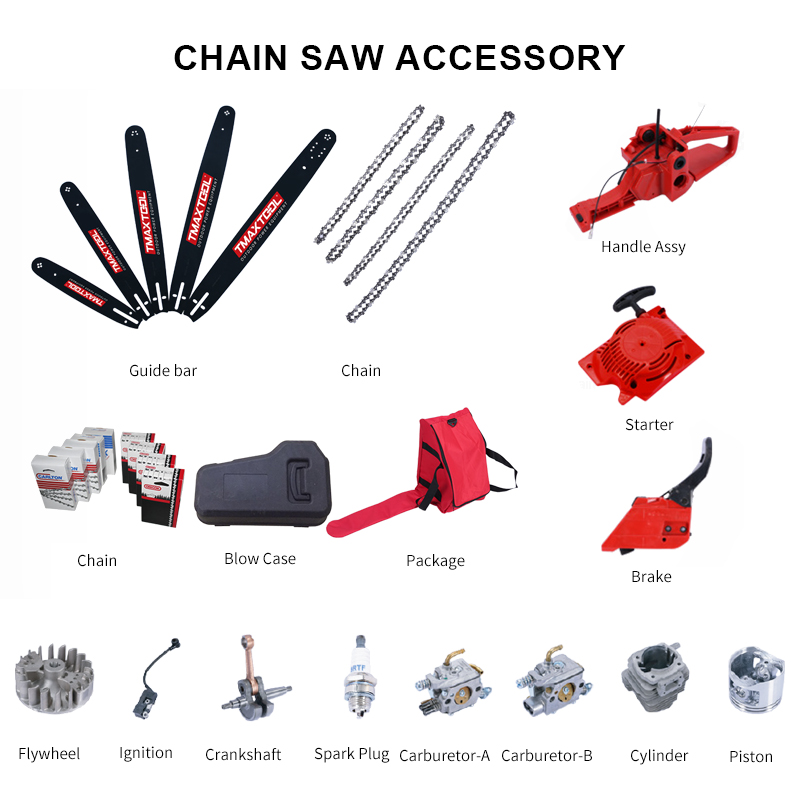 Chain Saw Accessory
Chain Saw Accessory
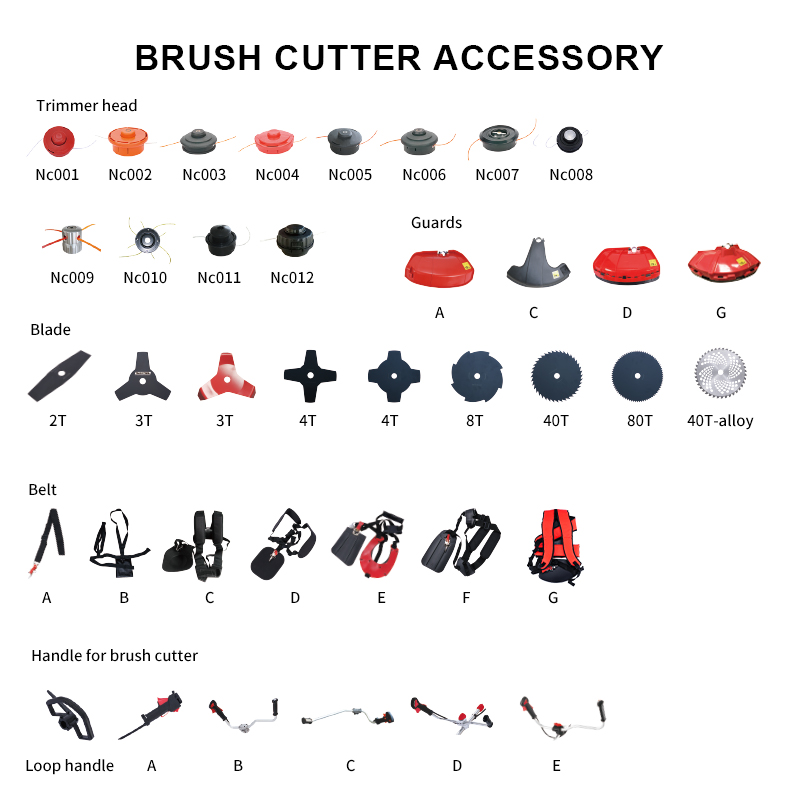 Brush Cutter Accessory
Brush Cutter Accessory
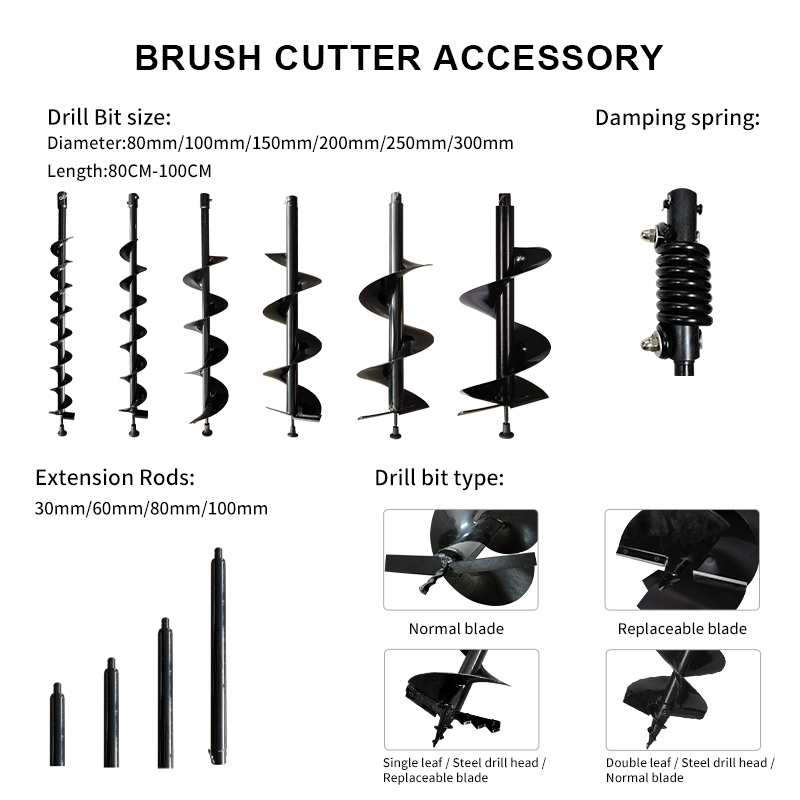 Earth Auger Accessory
Earth Auger Accessory
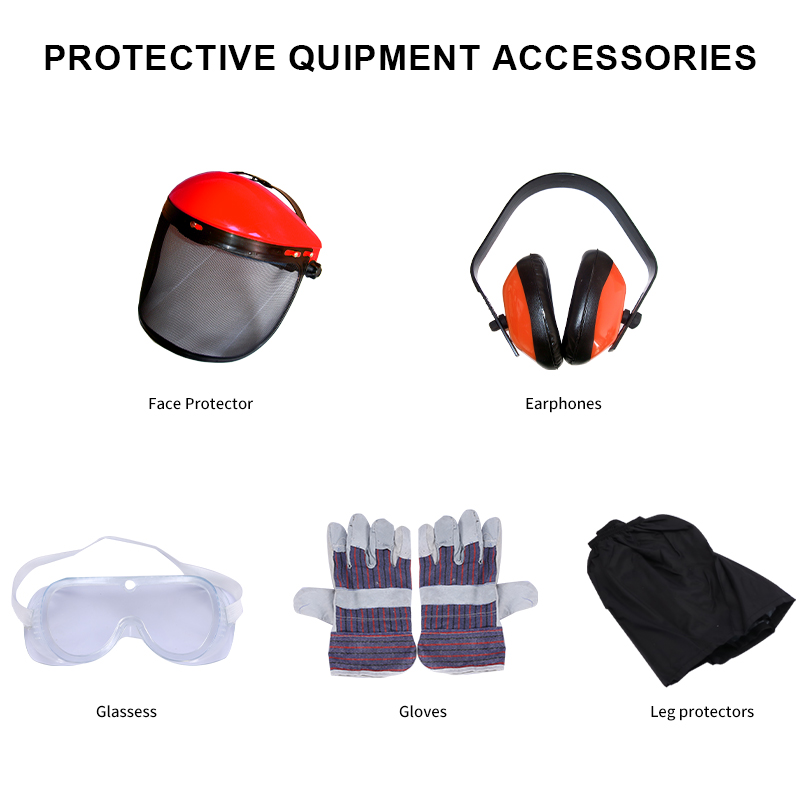 Protective Equipment Accessories
Protective Equipment Accessories








